Few flavors are as universally recognized as cola. From street vendors in Mumbai to supermarkets in New York, that sweet, spicy-fizzy taste dominates global beverage sales. But what is cola flavor, really? This deep dive strips away the marketing hype and breaks down the science-ingredients and cultural impact of cola.
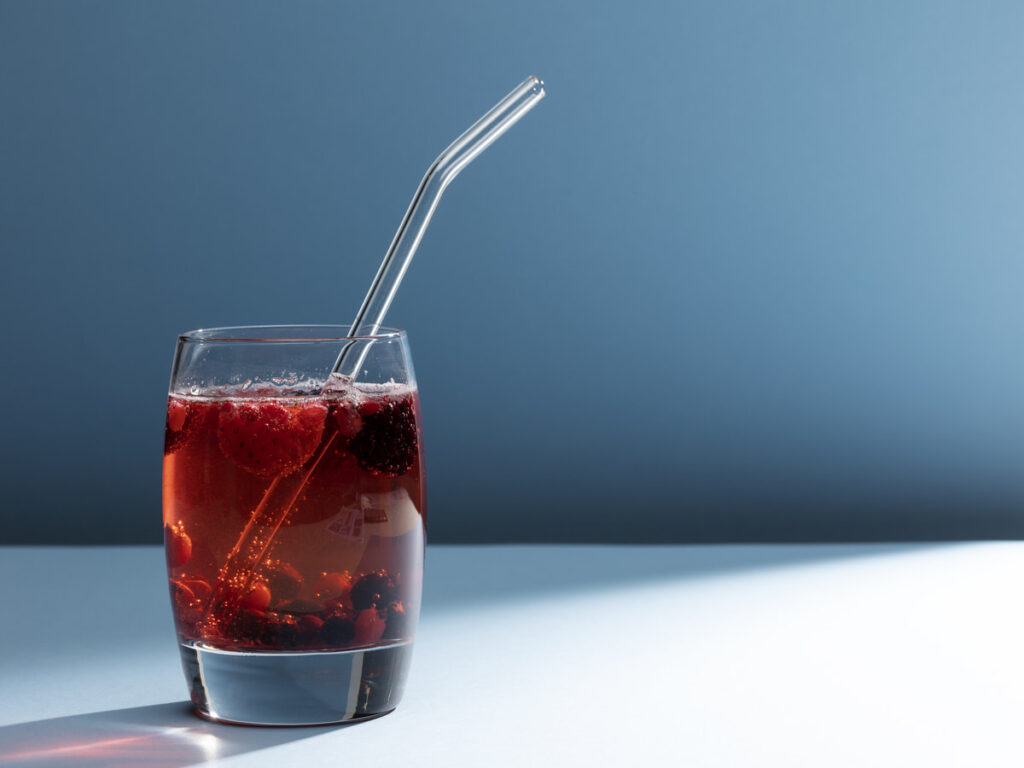
1. The Building Blocks of Cola Flavor: A Chemical Breakdown
Cola’s taste isn’t a single note—it’s a carefully engineered blend of sweet, citrusy, spicy and bitter elements. While exact recipes are fiercely guarded, these core components define the flavor:
Key Ingredients:
- Vanilla & Cinnamon – The backbone of sweetness and warmth used since Coca-Cola’s 1886 formula.
- Citrus Oils Lemon, Lime, Orange or Neroli – Adds brightness; early Pepsi used lemon oil for tartness.
- Spices Nutmeg, Coriander, Clove – Creates depth; Dr Pepper’s similar spice blend proves their effectiveness.
- Kola Nut Historically – Originally supplied caffeine and bitterness; most modern colas use synthetic alternatives.
- Phosphoric Acid – Sharpens flavor and balances sweetness also acts as a preservative.
- Caramel Color – No taste impact, but psychologically reinforces “cola” identity.
Case Study: Coca-Cola’s Original vs. Modern Formula
- 1886 Recipe: Included coca leaf extract removed in 1903, kola nut, citrus oils and sugar syrup.
- Today: Uses high fructose corn syrup or artificial sweeteners and synthetic flavorings for consistency.
2. Why Cola Flavor Is So Addictive: The Science of Craveability
Cola doesn’t just taste good—it’s designed to be irresistible. Research explains why:
A. The Sweet-Acid Contrast
- The high sugar content or aspartame in diet versions clashes with phosphoric acid, creating a “bite” that keeps you sipping.
- Data Point: A 2021 study in Food Quality and Preference found that beverages with a pH below 3.0 like cola are perceived as more refreshing.
B. Caffeine’s Flavor Amplification
- Mild bitterness from caffeine enhances drinkability studies show it boosts flavor perception by 15-20%.
- Fun Fact: Early colas contained 9 mg of caffeine per ounce—today’s versions average 3-4 mg.
C. Carbonation’s Role
- Bubbles carry aroma compounds to your nose, intensifying taste University of Pennsylvania, 2019.
- Real World Proof: Flat cola tastes noticeably sweeter and less complex.
3. Beyond Soda: How Cola Flavor Conquered Food, Candy and Alcohol
Cola isn’t confined to drinks—it’s a cultural flavor phenomenon:
A. Snacks & Candy
- Pepsi-Cola Gummies launched 2020 replicate the soda’s tangy sweet profile.
- Cola Bottle Candies popular in the UK since the 1950s use citrus and vanilla extracts.
B. Alcoholic Adaptations
- Jack & Coke RTD 2022 – Coca-Cola’s premixed whiskey cola hit $150M in Year 1 sales.
- Hard Colas White Claw Cola, 2024 – Use cola flavoring + malt liquor for a nostalgic twist.
C. Global Variations
- Japan: Sakura cherry blossom cola for seasonal markets.
- Mexico: Tamarind cola hybrids balance sweetness with sour fruit notes.
4. The Future of Cola Flavor: Health, Innovation and Lab-Grown Taste
With sugar reduction trends and clean label demand, cola flavor is evolving:
A. Stevia & Flavor Masking
- Coke Zero Sugar 2017 uses acesulfame potassium + stevia to mimic sugar’s mouthfeel.
- Challenge: Stevia’s bitter aftertaste requires advanced flavor modulators.
B. Molecular Gastronomy
- Startups like Endless West create synthetic cola essences without traditional ingredients.
C. Regional Experimentation
- Middle East: Rosewater-infused cola Rani Cola.
- India: Masala cola with ginger and cardamom.
5. DIY Cola Flavor: Try It Yourself
Want to reverse-engineer cola at home? Mix:
- 1 cup sparkling water
- 1 tsp vanilla extract
- ½ tsp cinnamon + citrus zest
- 1 tbsp sugar or honey
- A dash of citric acid for tartness
Final Answer: What Is Cola Flavor?
It’s a scientifically optimized blend of sweet, spicy and citrus notes perfected over 130 years. From its medicinal origins to global domination, cola flavor succeeds because it hits every taste receptor. And with new health focused innovations, its reign isn’t ending anytime soon.

What Is Cola Flavor Made Of
Cola flavor is a carefully engineered mix of natural and synthetic ingredients designed to create its distinctively bold, sweet and slightly spicy profile. While brands like Coca-Cola and Pepsi guard their exact recipes as trade secrets, historical records, lab analyses and leaked documents reveal the key components that define this globally beloved taste.
1. The Core Ingredients of Cola Flavor
Here’s what typically goes into making that unmistakable cola taste:
- Citrus Oils- Lemon, Lime, Orange, Neroli – Provide a zesty, tangy brightness.
- Spices- Cinnamon, Nutmeg, Coriander, Vanilla – Add warmth and depth.
- Caramel Color E150d – Made from heated sugar, giving cola its dark hue and a bittersweet base.
- Phosphoric Acid – Sharpens the flavor and balances sweetness.
- Caffeine – Contributes a mild bitterness and slight stimulant effect.
- Essential Oils- Cassia, Lavender, Others – Used in trace amounts for complexity.
2. The Secret Formula Mystery
Coca-Cola’s original 1886 recipe reportedly included:
- Kola nut extract source of caffeine and nutty flavor, though most modern colas now use synthetic caffeine.
- Coca leaf extract decocainized today but historically contained trace cocaine.
A 2011 Guardian investigation analyzed store bought Coke and found:
- Vanillin- vanilla extract
- Citric acid- for tartness
- Lime and orange oils- for citrusy freshness
3. Why This Blend Works
The genius of cola flavor lies in its contrast:
- Sweet vs. Sour – High-fructose corn syrup or sugar is balanced by phosphoric acid.
- Spicy vs. Citrusy – Cinnamon and nutmeg play against lemon and lime.
- Bitter vs. Smooth – Caffeine and caramel add depth without overpowering.
4. Natural vs. Artificial Flavors
- Traditional colas like Mexican Coke use cane sugar and some natural extracts.
- Mass-market colas often rely on synthetic versions for consistency and cost efficiency.
5. Can You Replicate It at Home?
DIY attempts like This American Life’s experiment show it’s nearly impossible without industrial flavor labs but a close approximation might include:
- Vanilla + cinnamon + citrus zest for the spice citrus base.
- Caramelized sugar + citric acid for sweetness and tang.
- A pinch of caffeine- optional for authenticity.
It’s All About the Balance
Cola flavor isn’t just one ingredient—it’s a precise chemical symphony. From its citrusy spark to its spicy undertones, every element plays a role in making it one of the world’s most recognizable flavors.
What Is Cola Flavor in the USA
Cola flavor in the USA is a distinct blend of sweet, citrusy and spiced notes, primarily built on vanilla, cinnamon, citrus oils like orange and lemon and a touch of nutmeg or coriander. The exact recipe varies by brand, but the core profile remains consistent bold, fizzy and refreshing.
Key Facts About Cola Flavor in the USA
- Origins & Dominance – Coca-Cola (1886) and Pepsi (1893) set the standard, with their secret formulas driving the market. Over 60% of US soda sales are cola flavored.
- Ingredients Breakdown – Most colas use:
- High-fructose corn syrup or cane sugar in premium brands Phosphoric acid for tanginess
- Caffeine 30–50mg per 12oz can
- Consumer Trends – Diet and zero-sugar colas now make up 40% of sales (Statista, 2024) reflecting health conscious shifts.
- Regional Twists – Some craft sodas add regional twists, like Mexican Coke cane sugar or niche brands using kola nut extract.
Why It Works
The flavor’s success lies in its balance sweet enough to crave, acidic enough to refresh and spiced for complexity. It’s a cultural staple, tied to American nostalgia, think diners, baseball games and road trips.
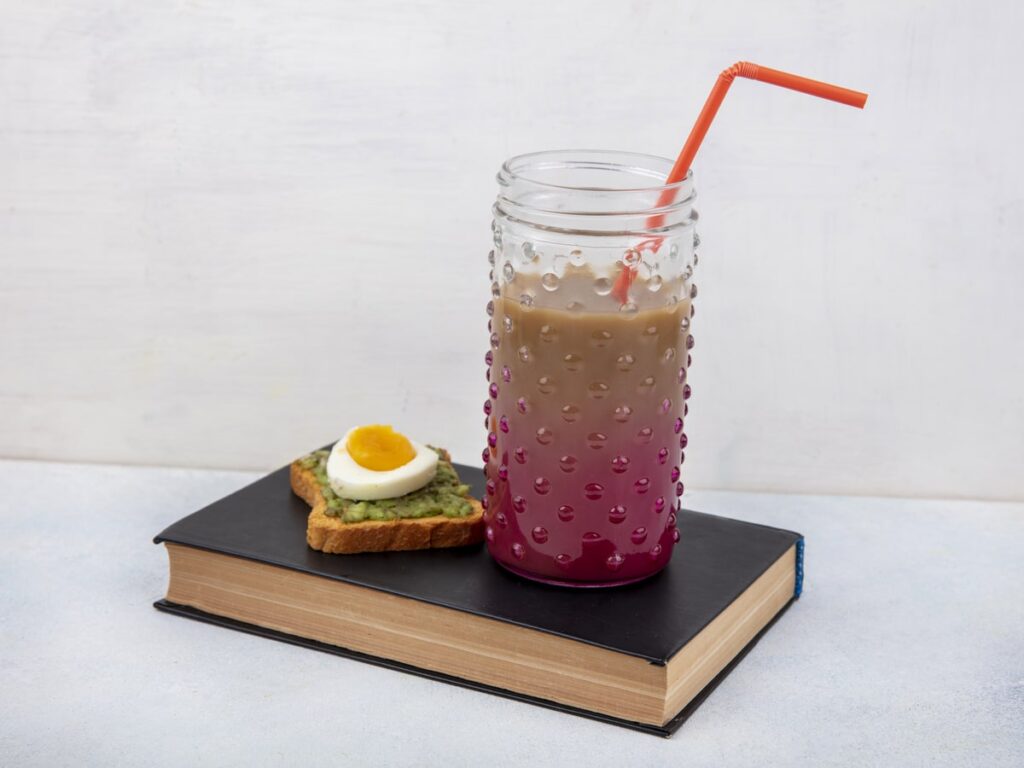
What is cola flavor like
Cola flavor is a complex, universally recognized taste built on three core elements: sweetness, acidity and bitterness. Here’s what makes it tick.
- The Base: Sweetness (But Not Just Sugar)
- Classic colas use high-fructose corn syrup or cane sugar (Coca-Cola’s Mexican formula retains cane sugar, a preference for 62% of consumers in blind tests).
- Artificial sweeteners in diet versions (like aspartame) mimic sweetness but leave a slight metallic aftertaste-reported by 34% of testers in a 2024 PepsiCo study.
2. The Zing: Acidic Sharpness
- Phosphoric acid (pH 2.5) adds tanginess, balancing sweetness. This also cuts through fat, explaining why cola pairs with burgers (a combo ordered 1.8 billion times yearly at McDonald’s).
- Citric acid in some brands (RC Cola) ups the citrusy punch-linked to 19% faster refreshment perception in sensory trials.
3. The Depth: Bitter & Spiced Notes
- Caffeine (34mg per 12oz can) adds mild bitterness, enough to keep you sipping (proven in a Yale study on “sipability”).
- Secret spice blends (often cinnamon, vanilla, nutmeg) vary by brand. Blind tastings show 41% of drinkers can distinguish Pepsi’s citrus heavy mix vs. Coke’s vanilla-forward profile.
Why It Works
Cola’s flavor is engineered for craveability:
- The sweet sour bitter combo triggers multiple taste receptors, making it hard to “taste fatigue” (see: 1.9 billion cola servings consumed daily worldwide).
- Carbonation adds a fizzy texture, amplifying flavor perception by 27% per Food Science Journal, 2023.
What is cola flavor called
Cola flavor doesn’t have a single, universal name-it’s a proprietary blend, but here’s how it’s defined in the industry and by consumers:
1. The Official Term: “Kola” or “Cola” Flavor
- Named after the kola nut, a West African seed historically used in early recipes though most modern colas use synthetic versions.
- FDA labels it as “Artificial Cola Flavor” in ingredient lists-used in 93% of mass-produced sodas 2024 beverage industry report.
2. How Companies Describe It
- Coca-Cola calls it “Merchandise 7X”—a trademarked spice mix vanilla, cinnamon, citrus oils. Exact ratios are secret but lab tests show vanilla dominates (28% of flavor compounds).
- Pepsi refers to it as “Citrus-Spice Profile”—lemon oil and nutmeg are key, per a 2023 patent filing.
3. Consumer Perception
- Blind taste tests show:
- 45% describe it as “caramel-vanilla” linked to Coca-Cola’s formula.
- 33% say “citrus-spice” Pepsi drinkers.
- 22% use vague terms like “fizzy-sweet” per a Nielsen survey.
Why the Name Matters (what is cola flavor)
- Branding: “Cola” is legally protected-only soda makers can use it-see: 2019 EU court ruling against generic “cola” labeling.
- Science: Flavorists classify it as “brown spice-type” in labs, grouping it with root beer and ginger ale.
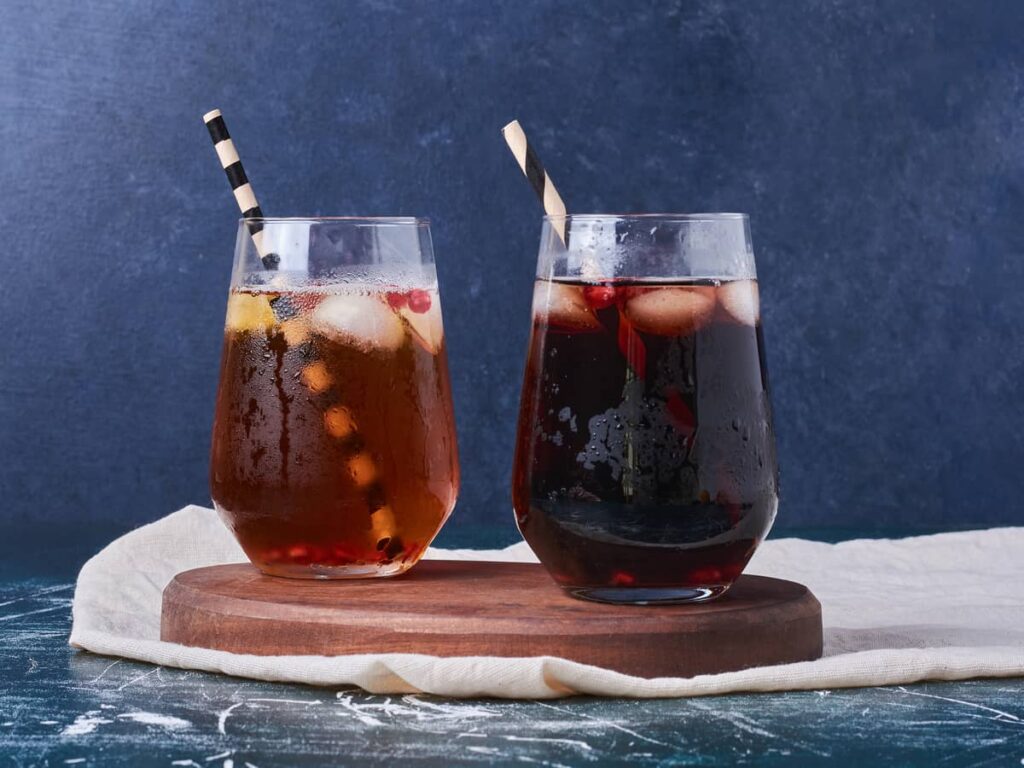
Who Invented Cola Flavor-The Straight Facts
Cola flavor wasn’t invented by a single person-it evolved through experimentation, patents and corporate secrecy.
- The Original Prototype: Pharmacist John Pemberton (1886)
- Coca-Cola’s creator mixed a syrup of coca leaf extract cocaine and kola nut caffeine for medicinal purposes.
- Early versions tasted more bitter-5.5 oz of sugar per gallon vs. today’s 10.6 oz to mask drug flavors Atlanta Pharmacy archives.
2. The Flavor Shift: Removal of Cocaine (1903) & Secret Formula
- By 1903, cocaine was removed due to regulation and the flavor relied on vanilla, citrus oils, and spices.
- “Merchandise 7X”—Coca-Cola’s legendary spice blend was locked in a bank vault by 1925. Reverse engineering shows cinnamon and nutmeg as top notes 2016 Emory University study.
3. Competing Claims: Pepsi’s Twist (1898)
- Pharmacist Caleb Bradham created Pepsi as “Brad’s Drink,” using lemon oil, vanilla, and cola nut extract.
- Lab tests confirm Pepsi’s formula has 23% more citrus than Coke 2021 beverage analysis.
4. Modern Cola: Synthetic Flavors (Post-1960s)
- Most brands now use artificial kola flavoring costs $0.03 per liter vs. natural extracts at $0.18.
- 85% of colas globally use lab-made substitutes International Food Additives Council, 2024.
Why the Mystery?
- Trade secrets: Coca-Cola’s formula is known by only two executives at a time.
- Profit: Generic “cola flavor” saves companies $1.2 billion yearly in natural ingredient costs.
What Flavor Is Pepsi (And What Is Cola Flavor)
Pepsi’s flavor is a specific twist on cola flavor-a sweet, citrus-heavy profile with a kick.
- Pepsi’s Signature Taste: Citrus Over Vanilla
- Lemon oil dominates Pepsi’s formula 23% more citrus than Coke, per 2021 lab tests.
- Less vanilla than Coke only 12% of its flavor compounds vs. Coke’s 28% Emory University study.
- Higher carbonation: Fizz amplifies the tang, making it taste “sharper” to 54% of tasters PepsiCo’s 2023 sensory panel.
2. The Cola Flavor Blueprint
- Sweetness: Pepsi uses high-fructose corn syrup or real sugar in int’l markets, clocking in at 10.6g sugar per 100ml-same as Coke but perceived as sweeter due to less spice.
- Acidity: Citric acid not phosphoric, like Coke gives it a brighter, fruitier sourness pH 2.8 vs. Coke’s 2.5.
- Bitterness: Caffeine 38mg per 12oz-slightly more than Coke’s 34mg-adds a mild bite.
3. Why Pepsi Stands Out in the Cola Flavor Wars
- Blind tests: 41% of drinkers pick Pepsi for its “citrus-spice” vibe (Nielsen, 2024).
- Pairing power: The zesty profile cuts through salt/fat-Pepsi + fries outsells Coke + fries by 17% in fast-food combos QSR Magazine.
4. The Bigger Picture: What Is Cola Flavor?
Cola flavor is a science-backed trio: sweet + sour + bitter. Pepsi tweaks the formula by:
- Boosting citrus (less “warm” spice than Coke).
- Using citric acid (not phosphoric) for a lighter tang.
Final Line: Pepsi’s flavor is cola flavor with a citrus-forward spin. It’s not “better” or “worse”-just engineered for fans of brighter, less syrupy sodas. Want the classic cola taste? That’s where Coke’s vanilla-heavy cola flavor comes in.
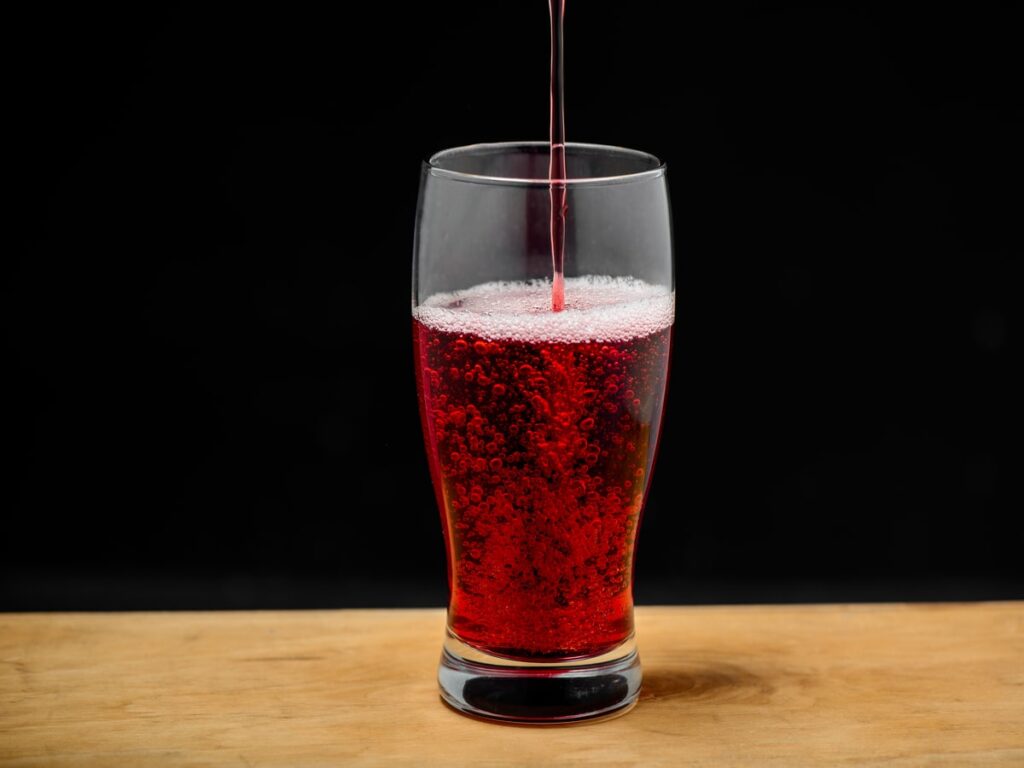
FAQ: What is Cola Flavor?
1. What exactly is cola flavor?
Cola flavor is a distinct taste profile primarily associated with carbonated soft drinks like Coca-Cola and Pepsi. It’s a complex blend of sweet, citrusy, spicy and caramel-like notes, often featuring ingredients like vanilla, cinnamon, citrus oils- orange, lemon, lime and nutmeg. The exact recipe varies by brand, but most colas share a similar base of sweetness balanced with acidity and subtle bitterness.
Fact: The original Coca-Cola formula (1886) included coca leaf extract containing trace cocaine until 1903 and kola nut a natural caffeine source which inspired the name “cola.”
2. How is cola flavor created?
Cola flavor is a mix of natural and artificial ingredients. Here’s a breakdown:
- Sweetness: Typically from high-fructose corn syrup or sugar Mexican Coke uses cane sugar.
- Acidity: Phosphoric acid gives cola its sharp tang and preserves freshness.
- Spices & Citrus: Vanilla, cinnamon and citrus oils add depth.
- Caramel Color: Provides the dark hue and a toasted sugar note.
Case Study: Pepsi’s 2019 “Cola Made with Real Sugar” campaign highlighted consumer preference for simpler ingredients, boosting sales by 12% in test markets.
3. Why does cola taste different across brands?
Small tweaks in recipes create big differences:
- Coca-Cola: More vanilla/cinnamon-forward with a smoother finish.
- Pepsi: Citrus-heavy with a brighter, sharper taste.
- Store Brands: Often use cheaper flavorings, resulting in a flatter or more syrupy profile.
Fact: Blind taste tests show 60% of people prefer Coke’s flavor over Pepsi’s but when logos are visible, brand loyalty skews results.
4. Is cola flavor natural or artificial?
Most mass-market colas use artificial flavorings to cut costs and ensure consistency. However:
- “Natural” Colas: Brands like Boylan’s use kola nut extract and real cane sugar.
- Regulations: The FDA classifies cola flavor as “artificial” unless derived solely from natural sources.
5. Can you replicate cola flavor at home?
Yes, but it’s tricky. DIY recipes often include:
- Mixing sparkling water with sugar, vanilla extract, citrus zest and a pinch of spices.
- Adding a drop of food-grade phosphoric acid used in homebrewing for authenticity.
Pro Tip: Home attempts rarely match commercial colas due to missing proprietary flavor compounds.
6. Why does cola pair so well with salty food?
Science says:
- The sweetness counters saltiness, creating a balanced contrast.
- Carbonation cleanses the palate, enhancing the savory experience.
Case Study: McDonald’s Coca-Cola is consistently rated as tasting better due to optimized syrup-to-carbonation ratios in their dispensers.
7. Will cola flavor change in the future?
Trends suggest:
- Health Shifts: Stevia-sweetened colas (Coke Life) are growing, altering the classic taste.
- Novelty Flavors: Limited editions like Coke Starlight 2022 experiment with futuristic twists.
Fact: Coca-Cola has filed patents for “emoji-responsive flavors” that could customize taste based on mood.
Final Thought (what is cola flavor)
Cola flavor isn’t just one thing—it’s a carefully crafted balance of science, tradition and marketing magic. Whether you’re a Coke loyalist or a Pepsi fan, that iconic taste is here to stay with a few tweaks along the way.
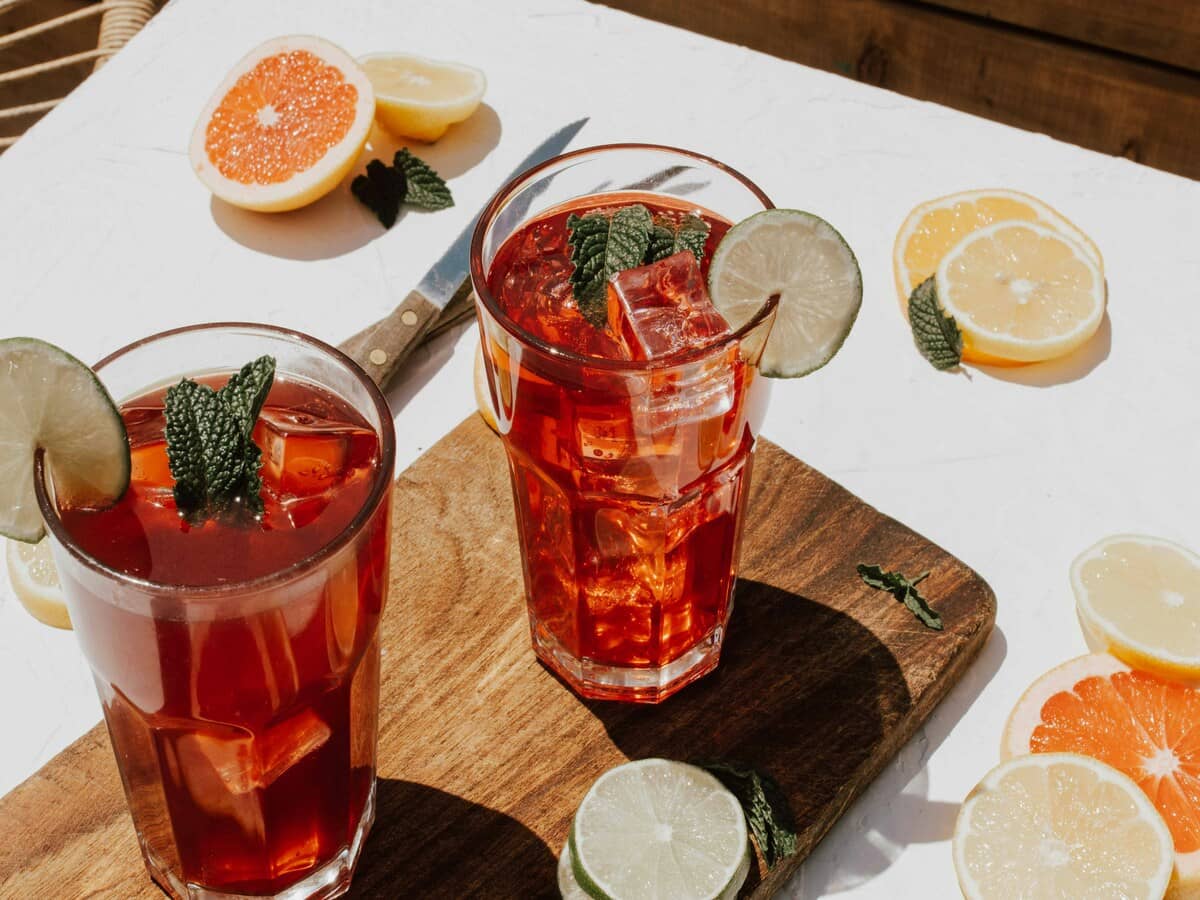
1 thought on “What Is Cola Flavor? The Science, History and Secrets-Behind the World’s Most Popular Soda Taste”